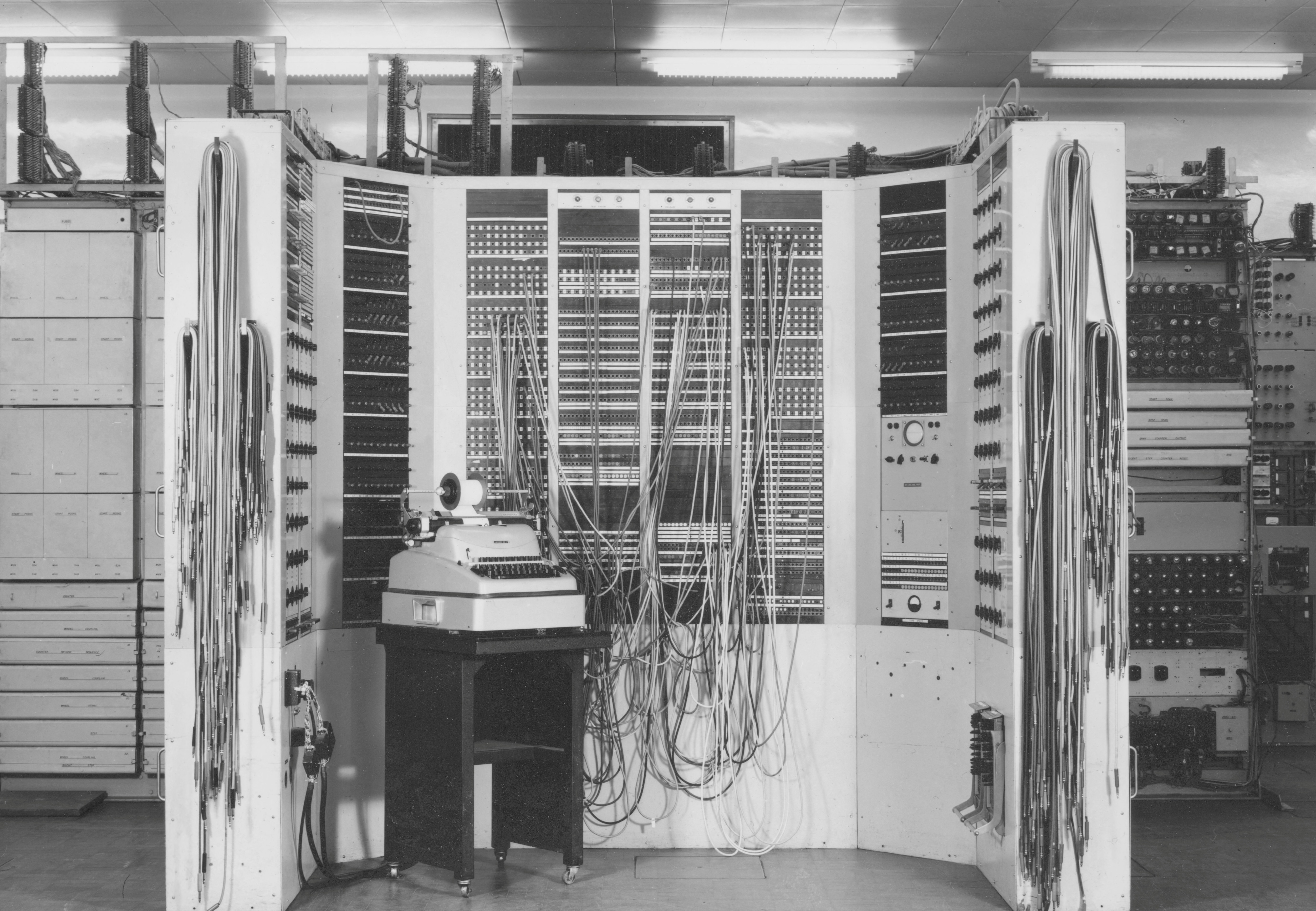
In 1944, Colossus, the world's first digital computer, decoded German messages which convinced Allied forces their year-long plan to deceive Hitler over the location of the invasion had been successful, giving D-Day the go-ahead.
In the run-up to the landings on the French coast - a turning point in World War 2 - Colossus played a pivotal role behind the scenes and is credited by many experts with shortening the war.
A two-metre-tall frame of switches and plugs draped in wires, Colossus tapped and pulsed paper tape, using 2500 valves to process information faster than ever before, cutting the time it took to decode messages to hours from weeks.
But it was only in the early 2000s that its existence was revealed, and now 80 years on, Britain's Government Communications Headquarters (GCHQ) signals intelligence agency on Thursday released a series of never-before-seen images and sounds to mark the anniversary.
"Technological innovation has always been at the centre of our work here at GCHQ, and Colossus is a perfect example of how our staff keep us at the forefront of new technology - even when we can't talk about it," GCHQ's director Anne Keast-Butler said in a statement.

Colossus, which was still being used by the spy agency in the early 1960s, was developed by Tommy Flowers.
It followed the "bombe" codebreaker machine, Alan Turing's electro-mechanical device which deciphered Germany's naval Enigma code from 1940 onwards, a breakthrough dramatised in the 2014 movie The Imitation Game.
The new images include a blueprint of Colossus and a photograph of Women's Royal Naval Service (WRENS) workers operating it. Such was the secrecy around the machine, many of the engineers and staff working on it did not know what it was.
The first Colossus was delivered to Bletchley Park, then the home of the top secret Government Code and Cypher School, on January 18 in 1944. By the war's end there were 10 of the machines operating.
The unit was renamed in 1946 as the Government Communications Headquarters, a Cheltenham-based agency that eavesdrops on the world to protect British security.












